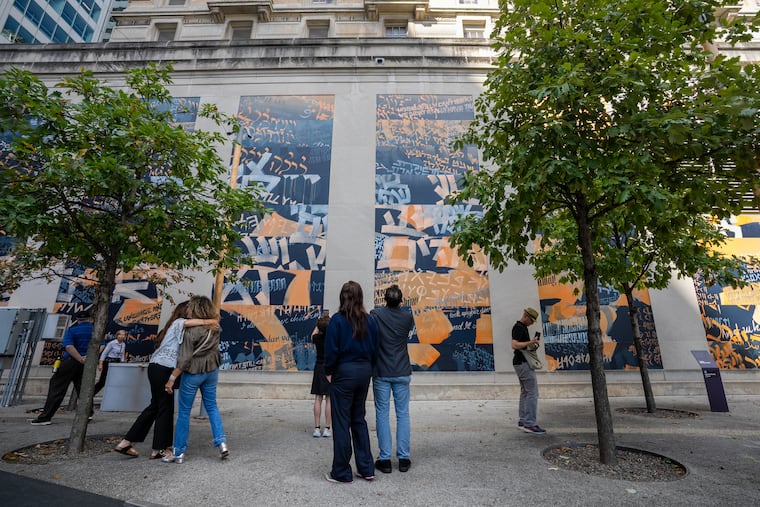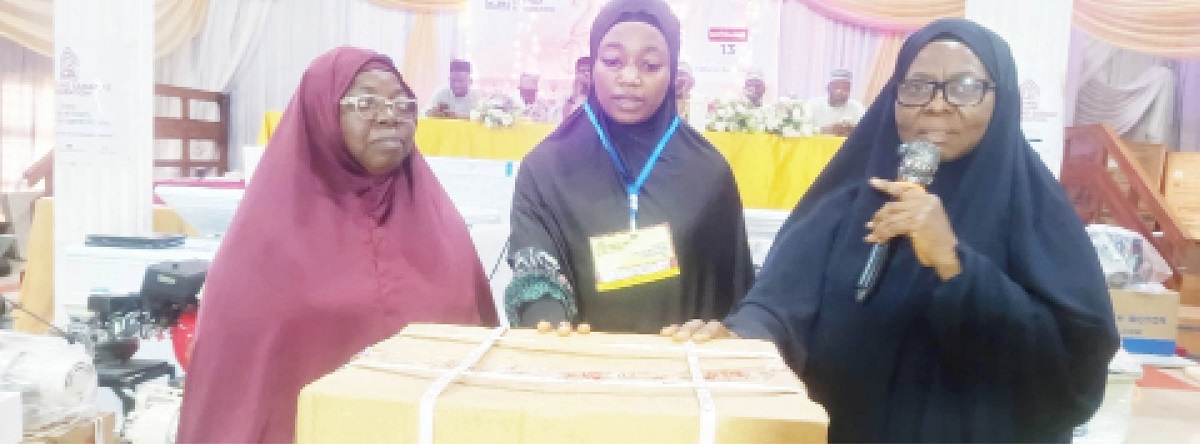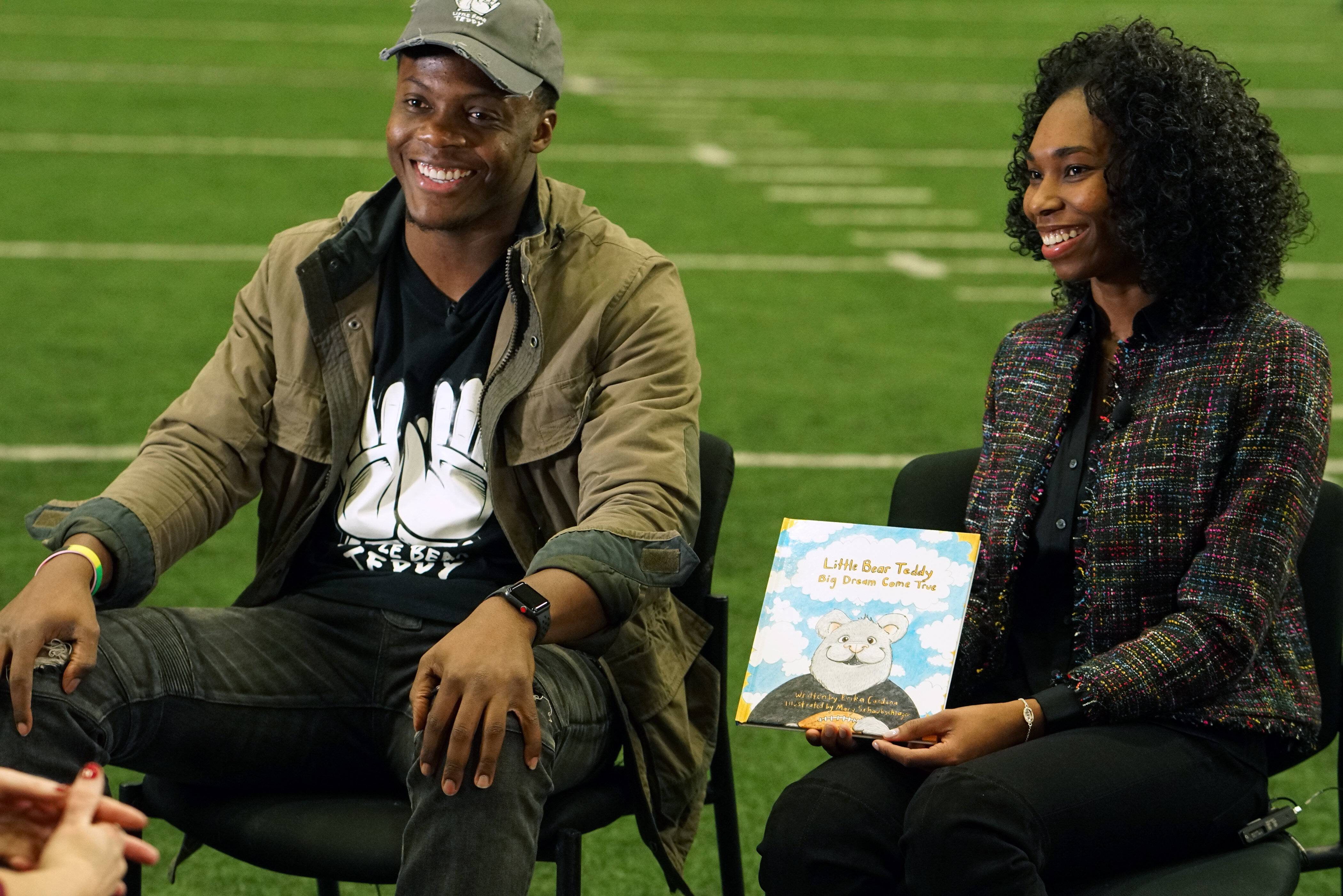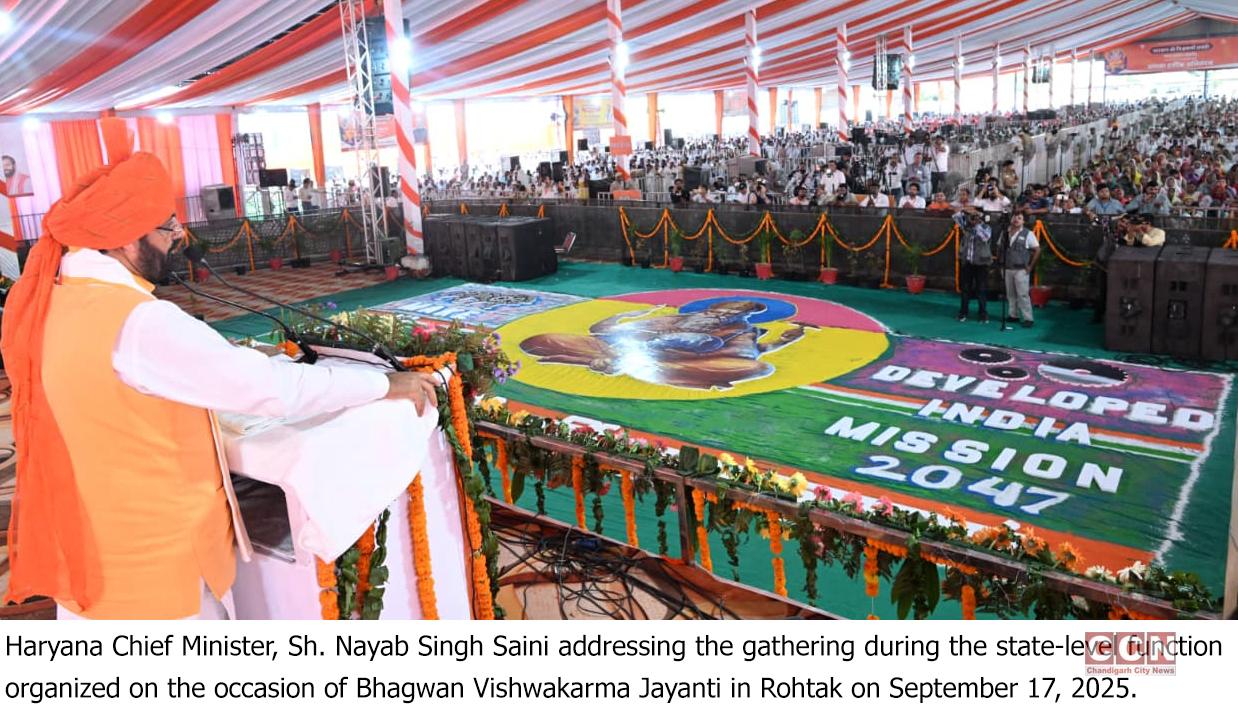
After years of development, a mural dedicated to Holocaust remembrance was unveiled at the Horwitz-Wasserman Holocaust Memorial Plaza on Friday.
Designed by artist Ella Ponizovsky Bergelson, the 2,000-square-foot mural, titled Lay-lah Lay-lah, is a collage of 28 languages written in 17 scripts, which adorns the Verizon building on Philadelphia’s Franklin Parkway.
The 28-foot-high columns are inscribed with words in Yiddish, English, Hebrew, and other languages from Europe, Asia, Africa, and the Americas — including some that are no longer spoken or written by any population in the world today.
The Berlin-based artist said the disjointed text represents the global displacement of Jewish people following World War II.
“The idea for the mural is to approach Holocaust history from a contemporary angle that is still relevant today,” Ponizovsky Bergelson said. “I’m focused on the aftermath of the Holocaust, and what proceeds now and into the future.”
Ponizovsky Bergelson said the goal is to draw in passersby with the mural’s distinct words or phrases — and inspire them to think deeper about the displacement of people throughout history.
She drew the words for the text-based painting from lullabies, poems, and stories submitted by Philadelphians.
In collaboration with Mural Arts Philadelphia and the Philadelphia Holocaust Remembrance Foundation, Ponizovsky Bergelson held community engagements and instructed a group of Philadelphians to share statements that mirrored their childhood.
What came back was an assortment of quotes, song lyrics, and deeply personal tales that she shuffled like a “Hungarian cube,” she said.
To perfect each snippet, Ponizovsky Bergelson worked alongside professors at Hamburg University and scholars who study manuscript culture. She then developed her own distinct style of calligraphy, focused on which typography style was fashionable at the time of a language’s popularity or creation.
The result was a melding of culture, language, and history, which she hopes reminds onlookers of the power of unified identity.
“It’s really important to remember that we all come from somewhere, and we’re all multifaceted beings that cannot be reduced to [a] one-dimensional ideal,” Ponizovsky Bergelson said.
The mural is also symbolic of Ponizovsky Bergelson’s own journey. Born in Moscow, she immigrated to Jerusalem in 1991 and has called Germany home since 2016.
Lay-lah Lay-lah has iterations in several different countries. She wrote her 2023 proposal for the Philadelphia project while working in Mexico, conducted research in Hamburg and Berlin, before finally installing it in Philadelphia.
A self-confessed “wall hunter,” Mural Arts’ outgoing executive director Jane Golden said she had eyed the blank wall for years. She felt the space was “yearning” for a piece that matched the gravitas and symbolism of the site, which has been vandalized in the past.
The mural’s unveiling attracted more than 300 visitors Friday morning. Moments before the mural dedication, dozens of pro-Palestenian demonstrators held a protest against Israel’s war on Gaza, which continued through the dedication. Several protestors dressed in white, like ghosts, held up signs that said, “There is a Shoah in Gaza” and “Never again is now.” Some wore shirts saying “We are haunted by what we see in Gaza.”
Despite the protests, that remained peaceful, Eszter Kutas, executive director of the Philadelphia Holocaust Remembrance Foundation, said it was a “deeply meaningful day” to unveil such a “magnificent piece of art that promotes tolerance and unity.”
In reviewing Ponizovsky Bergelson’s proposal for the project, Golden knew she was the artist who could carry the emotional weight of the mural.
“The brilliance of her concept is that it really shows the diversity of the Jewish community here in Philadelphia, and also other minorities who have settled down here due to forced displacement,” Golden said. “It gives us the ability to appreciate the multicultural nature of our collective heritage.”
For Lindsey Rosenberg, project manager for Mural Arts Philadelphia, the artist’s proposal stood out because she respected the sanctity of the site and understood what visual components were needed to make the mural a suitable backdrop.
“She wasn’t creating something that would upstage the space,” Rosenberg said. “There are a lot of elements in that plaza. It’s a very central place in Philadelphia that is going to be seen in every parade and every marathon. Her color palette was very well thought out, as well as how she would use the wall.”
Ponizovsky Bergelson said the colors orange and black were chosen for symbolic and practical purposes. Orange represents “a visual state of change,” while black reflects the “dark” and harrowing history of the Holocaust.
The combination, she said, melds with the design of the Verizon building and shines under the patch of natural light that lands on the eastern side of the structure.
Kutas said Lay-lah Lay-lah is also a key piece in the site’s evolution over the decades.
The mural serves as a backdrop for the other monuments and memorials in the plaza, including Nathan Rapoport’s Monument to Six Million Jewish Martyrs statue, which is the first public monument in North America to memorialize the victims of the Holocaust.
Kutas said the new mural is also in line with her foundation’s push for remembrance, education, and visual storytelling.
“The way that Holocaust survivors experience this site cannot be the same as that of their descendants, so there is a need for this evolution,“ she said. ”There’s a need to really reflect on how it relates to our current time, and what we can learn from the Holocaust to guide us in the future.”
With the mural now in public view, Kutas said there will also be a virtual lesson plan and in-person tours available for students, corporate partners, and other visitors. She plans to install a scannable device that plays audio that describes the meaning of the quotes included in the mural.
Ponizovsky Bergelson hopes these tools help underscore the beauty of commonality among all of the mural’s observers.



